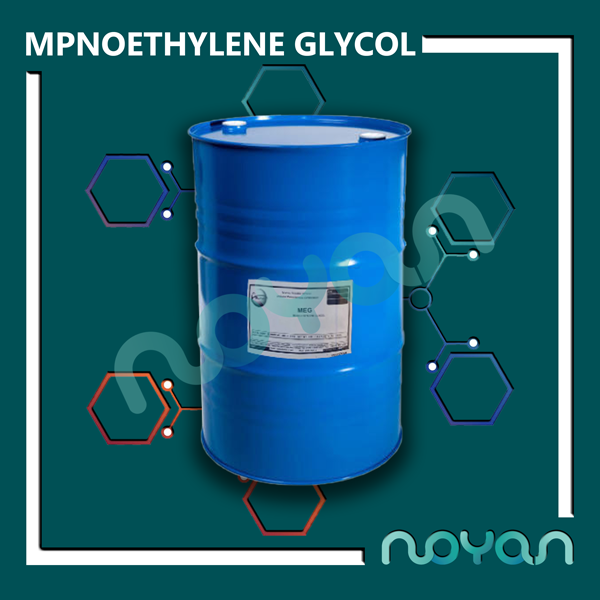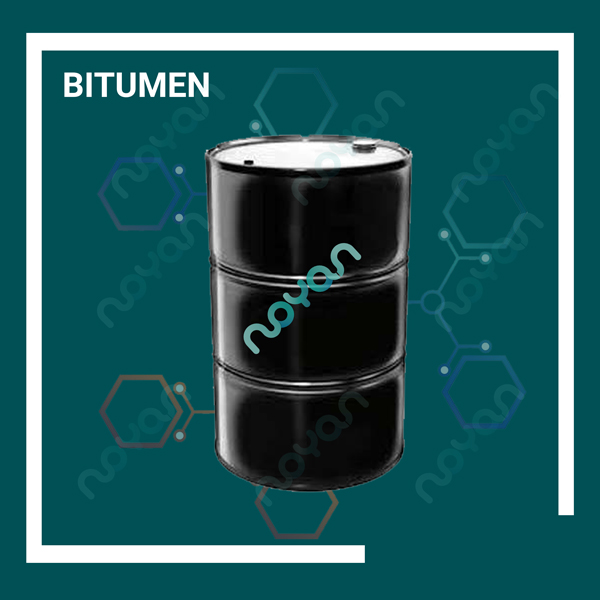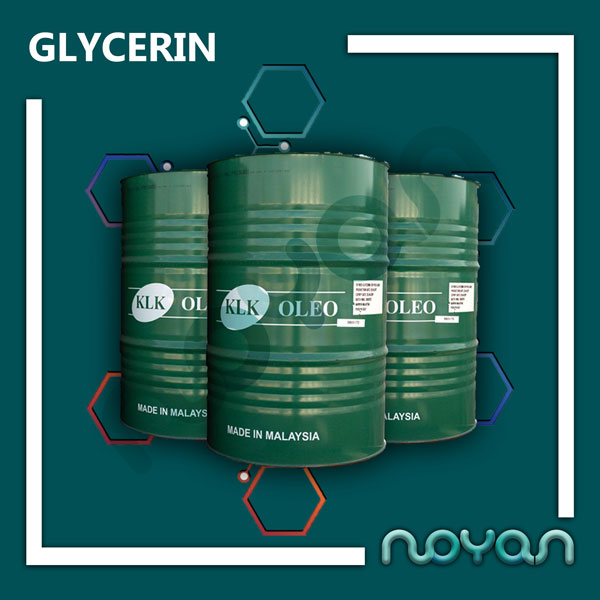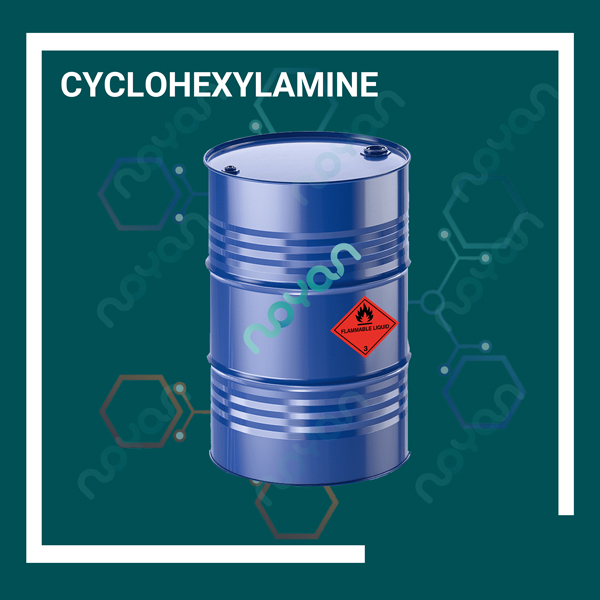Monoethylene glycol (MEG) is a viscous (concentrated) and highly toxic liquid that is commonly used for two purposes: 1) production of polyester fibers and 2) production of antifreeze.
Monoethylene glycol is a pure, colorless, odorless and toxic liquid with a sweet taste.
Ethylene glycol disrupts hydrogen when dissolved in water. Pure ethylene glycol cools to about -12 ° C, but when mixed with water, the mixture does not crystallize easily and therefore the freezing point of the mixture is reduced. Specifically, a mixture of 60% ethylene glycol and 40% water freezes at -45 ° C.
Applications of monoethylene glycol
• Used as a raw material for the preparation of polymers such as polyesters and polyethylene terephthalates
• Application in antifreeze formulations in cars
• Application as a cooling and heat transfer facilitator in air conditioning systems
• Preventing water freezing inside chillers and cooling equipment in industries
• Used as a dehydrating compound to remove water molecules from natural gas
Use of monoethylene glycol to synthesize some carbonyl organic compounds
• Application in rubber industry
• Used in the production of polymer resins
Physical and chemical properties
• Iupac name: Ethane-1 and 2-diol
Common names: Monoethylene glycol, Ethylene glycol, 1-2-ethane diol, Ethylene alcohol, 1-2-dihydroxyethane
Chemical formula: C2H6O2
• Mole mass: 62.07 grams per mole
Density: 1.1132 grams per cubic centimeter
• Viscosity: 0.00161 mm Hg
Melting point: 12.9 ° C
Boiling point: 197.3 ° C
Flammability: 111 ° C
• Vapor pressure: 0.06 mm Hg
Similar compounds: diethylene glycol, polyethylene glycol and triethylene glycol
Study methods: IR, NMR, MS and UV spectroscopy methods
Buy and sell monoethylene glycol
Sadra Shimi is a supplier of Shazand Petrochemical Mono Ethylene Glycol and other brands with the highest quality and lowest price in Tehran’s Shurabad warehouse. For price inquiries and advice, please contact sales experts.
Safety information and storage conditions
According to the information in the safety sheet and chemical considerations of monoethylene glycol, regarding the use of toxic organic compounds, it is very important to pay attention to the following:
Ethylene glycol contains highly toxic vapors. Tennessee vapors cause poisoning.
The flash point of ethylene glycol is 111 ° C, so never store packages containing this substance in the vicinity of heat or sources of ignition and fire.
• Keep monoethylene glycol barrels away from containers and containers containing acids or other active chemical compounds such as alkalis and oxidants.
• The warehouse should have strong and proper ventilation.
• All people dealing with ethylene glycol should wear special work clothes, glasses, masks and gloves.
• Ethylene glycol storage containers must have a safety information label.
• Ethylene glycol containers and barrels should always be tightly closed.
Prolonged exposure to monoethylene glycol can have devastating effects on the kidneys, liver, and nervous system.
• This substance can greatly irritate the skin, eyes and respiratory system
.





